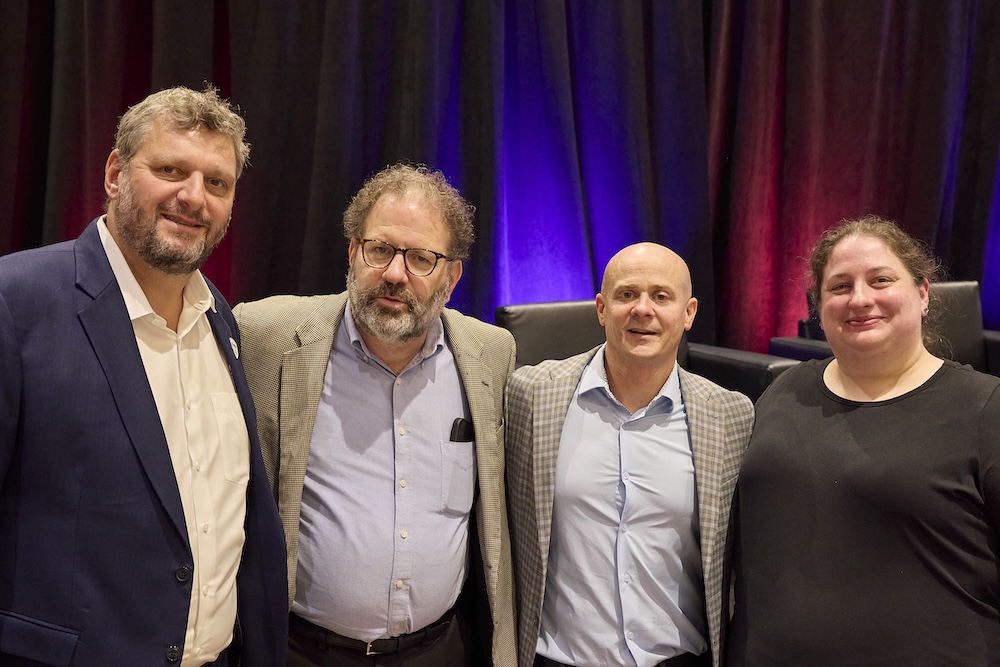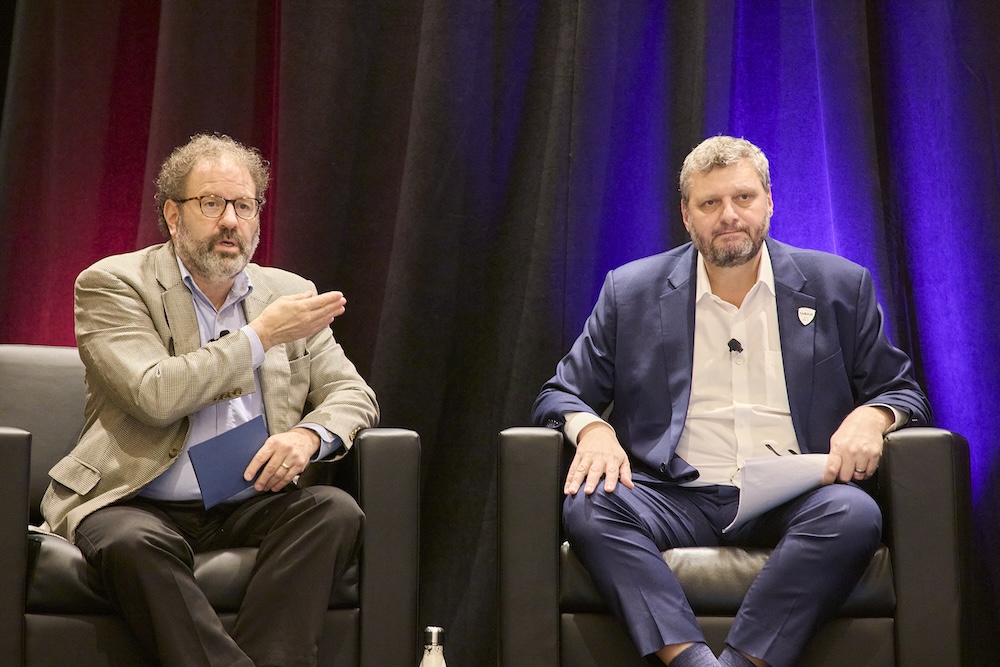-
Fraud Mitigation & Data Integrity
Essential tools for trust, integrity, fraud prevention & regulatory compliance.
- Driving Confidence in Telecom Through the Trust Framework
- RealNumber DNO – Prevent Fraud on Voice & Text
- RealAgent – Avoid Potential TCPA Violations
- RealBrand – Reinforce a Phone Number’s Identity & Reputation
- Global Number Range – Gain Authoritative Number Intelligence
- Live Status – Query Real-Time Mobile Number Intelligence
- Number Portability Query – Access Accurate Local & Global Number Portability Details
-
Routing Optimization
Gain access to authoritative routing data to create the ultimate routing intelligence for your traffic.
-
Number Administration
Empowering connectivity as the FCC appointed administrators for critical numbering registries.
-
Connected Device Intelligence
Gain total transparency to your IoT assets’ current state and vulnerabilities.
Insights
GASA, AARP, BPI and Somos Discuss Combating Scams and Restoring Trust in Communications

The 2025 Somos Summit brought together global thought leaders, industry experts and innovators to explore the intersection of Trust, Technology & Transformation. Held just outside Washington, D.C., this year’s event featured insightful sessions and meaningful conversations focused on advancing the telecom ecosystem and shaping the future of trusted communications.
The first Power Session set the tone for the day, tackling the growing epidemic of scams that erode public trust in communications. Moderator Joel Bernstein, Vice President and Head of U.S. Public Policy and Government Affairs at Somos, led a panel titled “Scams Without Borders: Global Trends and the Call for Collective Defense.” He was joined by Nils Mueller, Director, North America Chapter at Global Anti-Scam Alliance (GASA), Greg Williamson, Senior Vice President, Fraud Reduction at the Bank Policy Institute (BPI) and Liz Buser, Senior Advisor, Fraud Prevention Programs at AARP. Together they unpacked the scale, sophistication and human cost of fraud and the urgent need for collaboration to stop it.
 The discussion began with an examination of the global scope of the problem. Nils Mueller shared that scams have grown into a trillion-dollar industry, citing GASA’s Global State of Scams report based on 46,000 respondents across 42 countries. He revealed that $442 billion was stolen worldwide last year, with U.S. losses estimated at $158 billion. Scams aren’t isolated crimes, as he explained.“They’re an organized, transnational operation that threatens consumer trust and national security.”
The discussion began with an examination of the global scope of the problem. Nils Mueller shared that scams have grown into a trillion-dollar industry, citing GASA’s Global State of Scams report based on 46,000 respondents across 42 countries. He revealed that $442 billion was stolen worldwide last year, with U.S. losses estimated at $158 billion. Scams aren’t isolated crimes, as he explained.“They’re an organized, transnational operation that threatens consumer trust and national security.”
Greg Williamson outlined how scams evolve from a simple text into full-scale financial fraud. He described two main attack vectors: impersonation scams, where criminals spoof bank numbers to build credibility and payment-credential harvesting, where fake “toll-carrier” messages steal card data and load it into digital wallets within minutes. Banks, he said, are using AI and behavioral analytics to detect “coached” customer behavior – subtle cues that someone is being manipulated. Technology can catch the signals, but empathy closes the loop.
Liz Buser brought the numbers down to a personal level. She shared survivor stories that illustrated the emotional toll of scams, describing them as “emotional and monetary assault.” AARP’s Fraud Watch Network provides a 24/7 helpline, podcasts and educational resources that help victims recover and stay alert. In 2024, the most reported scams were identity theft, business impostors and romance scams, with elder fraud alone costing over $61 billion. Fraud isn’t a mistake victims make, as Buser explained. It’s a crime that happens to them.
Joel Bernstein closed the panel by returning to the central message: partnership is the only way forward. Fraud is not just a technical challenge but a human one. Protecting consumers will require cross-sector collaboration and a shared commitment to rebuild trust.
KEY TAKEAWAYS:
-
Scams are a global crisis: Fraud has become a trillion-dollar industry that transcends borders and requires unified action.
-
Banks are evolving defenses: Behavioral analytics and AI are uncovering manipulation patterns in real time.
-
Human impact is real: Emotional trauma and loss demand empathy, not blame, in prevention and response.
Stay Connected
Stay in touch! Sign up for our monthly newsletter.
Need to reach us sooner? Call, text, or email us at:
844.HEY.SOMOS help@somos.com